Why Physical Media is Better than Streaming
Dying formats are making a resurgence and I couldn’t be happier
It’s undeniable that niche physical media sales have seen an upward (albeit slight) trend in recent years. Thanks in part to both the hipster counterculture and Taylor Swift, people are actually going out and buying discs and vinyl records again. In the digital age, it’s easy to be swept up in the riptide of online streaming services, not to mention the crippling cost of living crisis severely limiting recreational spending.
It got me thinking about the importance of paying for art and why physical media is more valuable than streaming. I’ve always bought media – even if they were second-hand copies – ever since I could earn pocket money and I still regularly purchase them today, though I know that it’s not too common among my peers. Most people stopped buying when it was no longer necessary with the rise of popular streaming platforms like Spotify and Netflix.
To be fair, the ways in which I discover new music have changed over the years. When I was a teenager, I would scour the music section at my local JB Hi-Fi or Sanity each week, combing through various titles until my bus was due or my friends wanted to leave. They say not to judge a book by its cover, but that’s exactly how I would choose which CDs to buy. I became so familiar with their departments that if I noticed a new album under Metal, Punk or Hip Hop (then called “Urban Grooves”), it was added to the rapidly growing collection. Of course, it didn’t help that I went on to work there.
Unfortunately, this also means that I’m spoiled for choice when trying to decide what to listen to. You know when you open Netflix, or Binge, or Stan, and scroll through the haphazard suggestions for 15 minutes before eventually just going back to that one you first saw? Yeah, I feel you. As a result, I’ve become very selective of new music in an attempt to filter my intake and narrow down the options. It’s probably because I’ve learned what I like and don’t like by now, which is a blessing in disguise in an oversaturated market. When was the last time that a streaming service delivered a string of bangers to your feed?
Nowadays, I discover most of my music through support acts at live shows or word-of-mouth. Just last week, I mentioned that I found one of my favourite local bands when another artist took them on tour. I’ve also learned whose opinions I can trust from exchanging recommendations with friends. This is how I came across Movements, whose debut album was one of the 10 Records that Changed My Life. My good friend and long-time collaborator Tony introduced me to Tech N9ne when we first met, who would go on to sign my own album at a meet-and-greet in a cool full-circle moment.
I very rarely explore suggestions from the platforms that I (reluctantly) use. Not because I’m closed-minded, but because it’s often far from what I’m looking for. That’s why I tend to create my own playlists and watchlists rather than use a curated one based on an algorithm. When I listen to the Release Radar that Spotify serves up for me every Friday, I might add two or three songs to my main playlist that week. At the end of the year, I cut it down to no more than 75 tracks and start again. Sometimes I’ll cross-pollinate the best ones to other playlists, but I could count on one hand the number of times that I revisit them.
Is that bad? Maybe, but indifference is worse. My advice is to check out the artists whom those you follow admire or draw inspiration from. You can often see the influence afterwards and may even become a fan yourself. This is how I discovered Damien Rice when I was in an Ed Sheeran phase (I played “9 Crimes” for my piano performance at uni), as well as hip hop legends Rakim and Gang Starr, often referred to as “your favourite rapper’s favourite rapper”. And yes, I do feel dirty for using Spotify, who pay each artist an average of $0.004 per stream. They cast a wide net and personalise the experience just enough to be tolerable.
So, why is physical media better than streaming?
It’s an Experience
Firstly, when you buy physical media, you’re getting an experience. Something tangible that you can hold, put on show and share with others. It’s a ritual, a process with intention, when preparing a record on a player or opening a Steelbook with art cards. Sure, it may not be as easy as tapping a screen, but it’s not meant to be. You put in the effort to obtain and play it so that you can sit back and enjoy it more.
Once you own a physical copy, it’s always there and never going away – unlike your favourite artist who lost the rights to that album, or that movie you saved to your watchlist which was removed when you finally got around to it. This also means that it doesn’t buffer or degrade in quality depending on your internet connection, unless you play it enough times that it gets scratched, or the player itself is old and damaged.
There’s an inherent value to owning physical media because it offers appreciation – in both senses of the word. Not only does it make you consider the work more carefully and grow attached to it, it can be worth more over time. I once willingly paid close to $100 for a used elusive EP by one of my favourite bands on eBay. I also love when they go the extra mile for die-hard fans to deliver a collectable version of the work, which leads to my next point.
You Get Exclusives
This is how I ended up buying vinyl records without owning a turntable. Due to worldwide plummeting CD sales, a lot of artists – particularly the independent – are manufacturing their album on vinyl only, if at all. Since a record is made of wax, these addictive little suckers can come in all kinds of colours and patterns, even with fillings. That’s right, as well as creative splatter variants and zoetropes, I’ve seen records filled with anything from torn-up lyrics and rose petals to human blood and bullet casings.
Outside of music, you can get limited editions and numbered copies of films on disc, usually with alternate artwork and collectable items. This is common for the horror genre in particular (we love our memorabilia) and world cinema, thanks to brilliant distribution companies like Umbrella Entertainment (AUS) and Arrow Films (UK). Of course, you also get special features with behind-the-scenes interviews and more!
You Learn from the Liner Notes
Speaking of special features, another thing that you don’t get with streaming is liner notes. Sure, you can find the contributors in the details, but that’s it. This won’t appeal to everyone, but I used to love reading through the booklet of a CD while I played it for the first time. I would pore over the credits and personal anecdotes, learning the lyrics directly from the source and making connections between albums.
Familiarising myself with local producers in this way proved invaluable to me as an emerging hip hop artist. It’s how I ended up working with Dom Cork (Bliss n Eso) and Rob Shaker (Drapht) on my first album. This sort of harkens back to what I was saying earlier about finding who the artists you like follow or work with and learning from them. Don’t be afraid to reach out!
You’re Supporting the Artist (and their Industry)
Finally, buying physical media helps to support the artist – especially the independent – and their industry. You know that unskippable classic “You wouldn’t steal a car” ad that would always play at the start of a DVD? Well, they had a point. Cop the vinyl and get the Blu-ray remaster, you’ll feel better for it. Even buying merch from the openers at a show contributes to their trip home.
Too often we’re met with the lording logos of faceless corporations that get branded into our brains after sucking the souls from the artists we enjoy. Give a little to the underdogs and build the community that they (and you!) deserve to be a part of. Without A24, we wouldn’t have The Witch (2015). Without Greyscale Records, we wouldn’t have Bloom. The list goes on…
On that note, I want to leave you with a humble request. Please, PLEASE, pay for your media! I know a lot of people who illegally download their music and movies – I grew up in the ’90s, so I’m no saint – and it hurts every time I hear them mention it. It doesn’t have to be physical – hell, it doesn’t even have to be new; but unless the artist is giving it away for free, all art should be paid for.
Why rob yourself of experiencing the latest horror on the big screen in surround sound with your friends? Would you rather stagger through the new Linkin Park album with ads instead of hearing it uninterrupted from front to back? Okay, that might just be me, but you get the point. I can’t stop you from doing what you want (I generally encourage it) and I don’t want to ostracise my audience. I just want to do my part, and you can too!
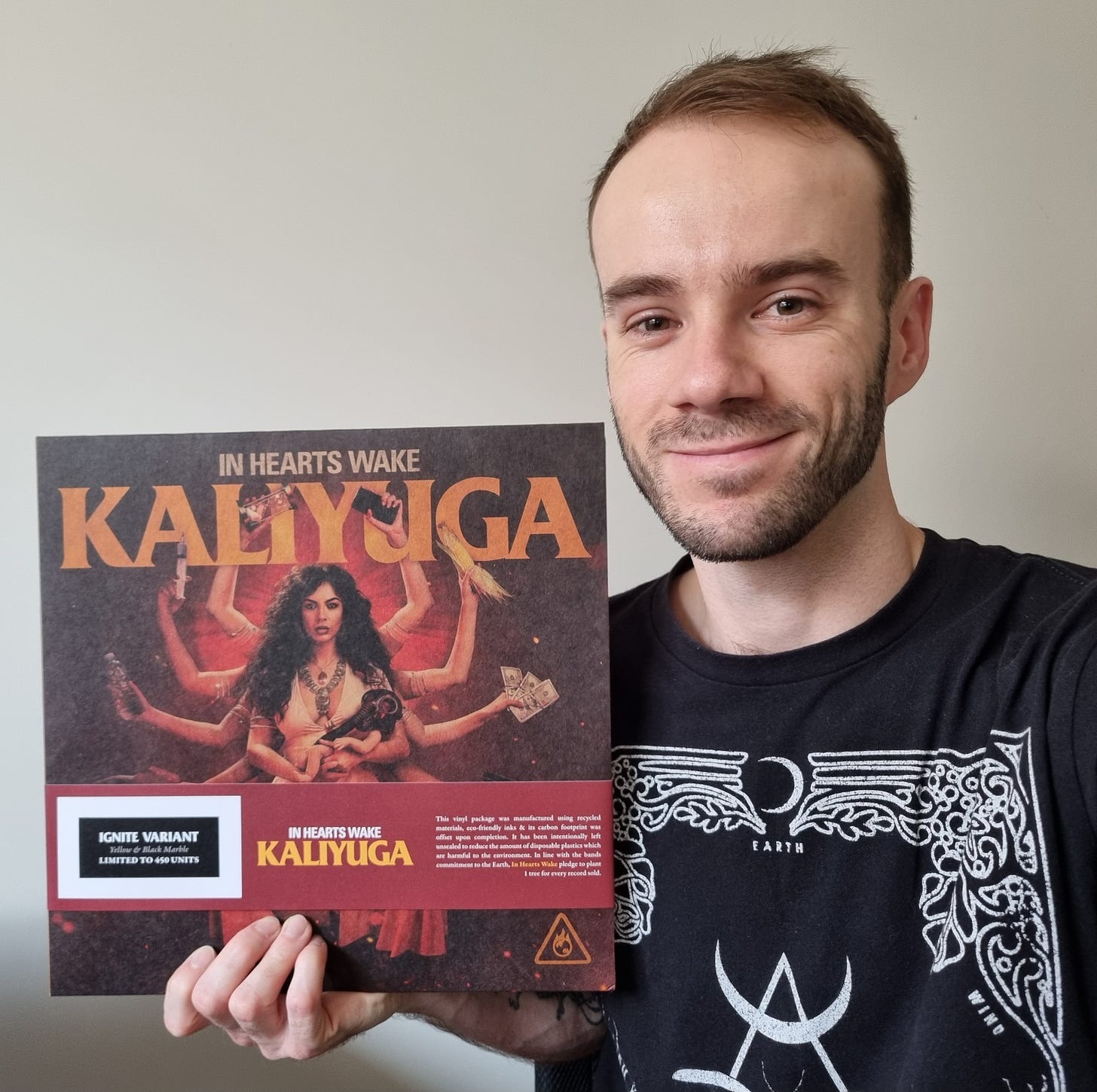
I still play CDs in my stereo when I read at home and my car has a six-disc stacker, but most vehicles, stereos and even computers no longer have a disc drive these days. I may have stopped buying CDs, but since launching a horror film podcast my movie collection has doubled. Word of caution for any potential vinyl owners: once you get the first one, it’s a slippery slope. Many artists are even producing cassettes for their work. While I imagine this creates a sense of exclusivity and evokes nostalgia, it’s not very practical in an age where cassette players are about as common as floppy discs.
Of course, streaming has its benefits. For one, it’s extremely convenient. I can’t just put on a record at work while I run around, or cue up the director’s cut of Dawn of the Dead in my car. I can, however, watch or listen to whatever I want from the palm of my hand for a small fee. This puts things into perspective and proves that the argument is nuanced. It may not sit right with me as a creative, but I think I’d be happy enough that my work was reaching a wider audience if it were me on the other end.
Also, as an independent artist and podcast host, I simply wouldn’t be where I am on my creative journey without it. Though I’m not widely successful, the modest success that I have known is a result of online sharing and chance encounters with strangers who added me to their playlist. I see it as a necessary evil, which is why I will continue to buy physical media. Besides, these things have become a part of my personality, so why wouldn’t I want to collect and display them on a shelf?





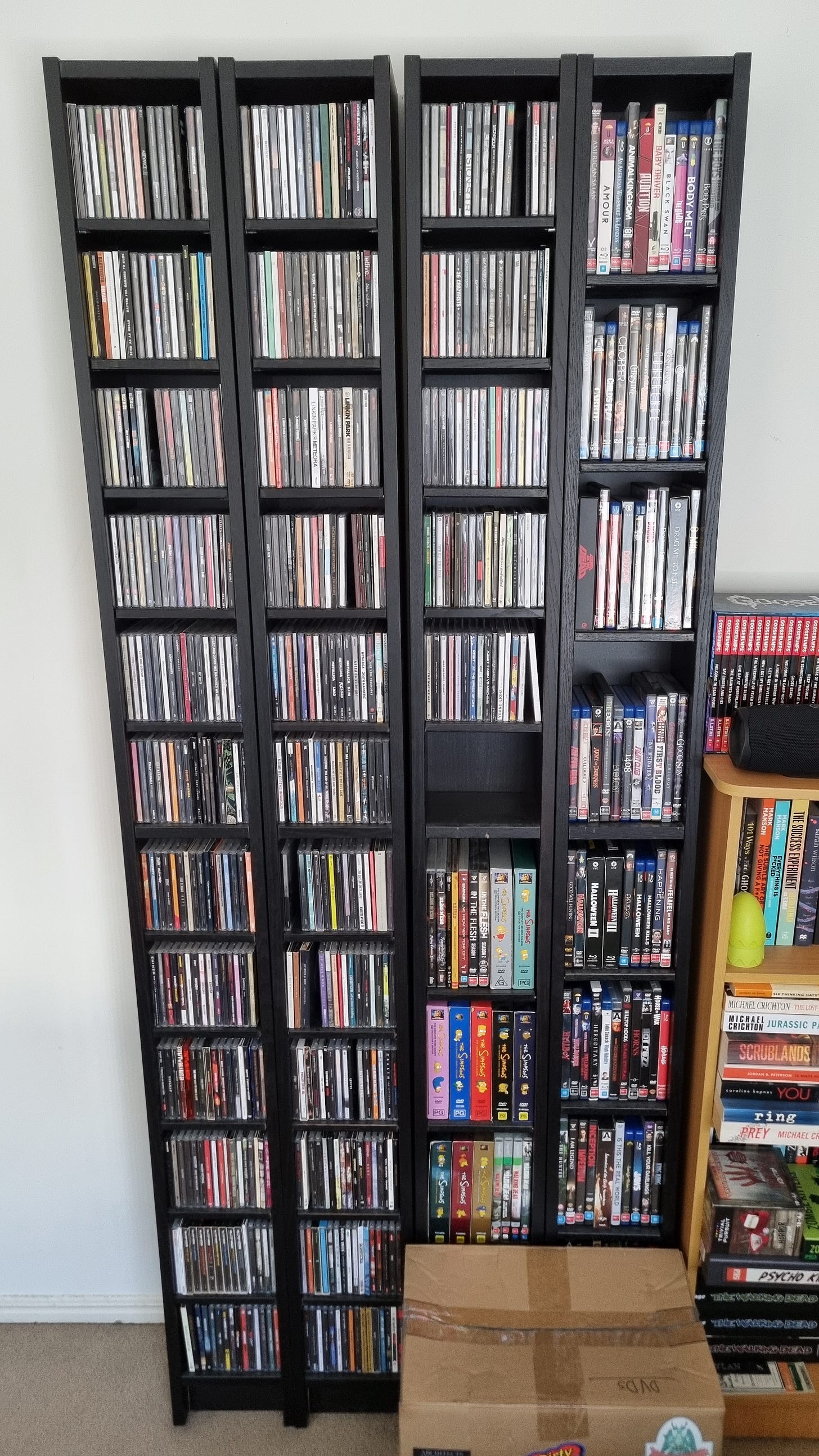
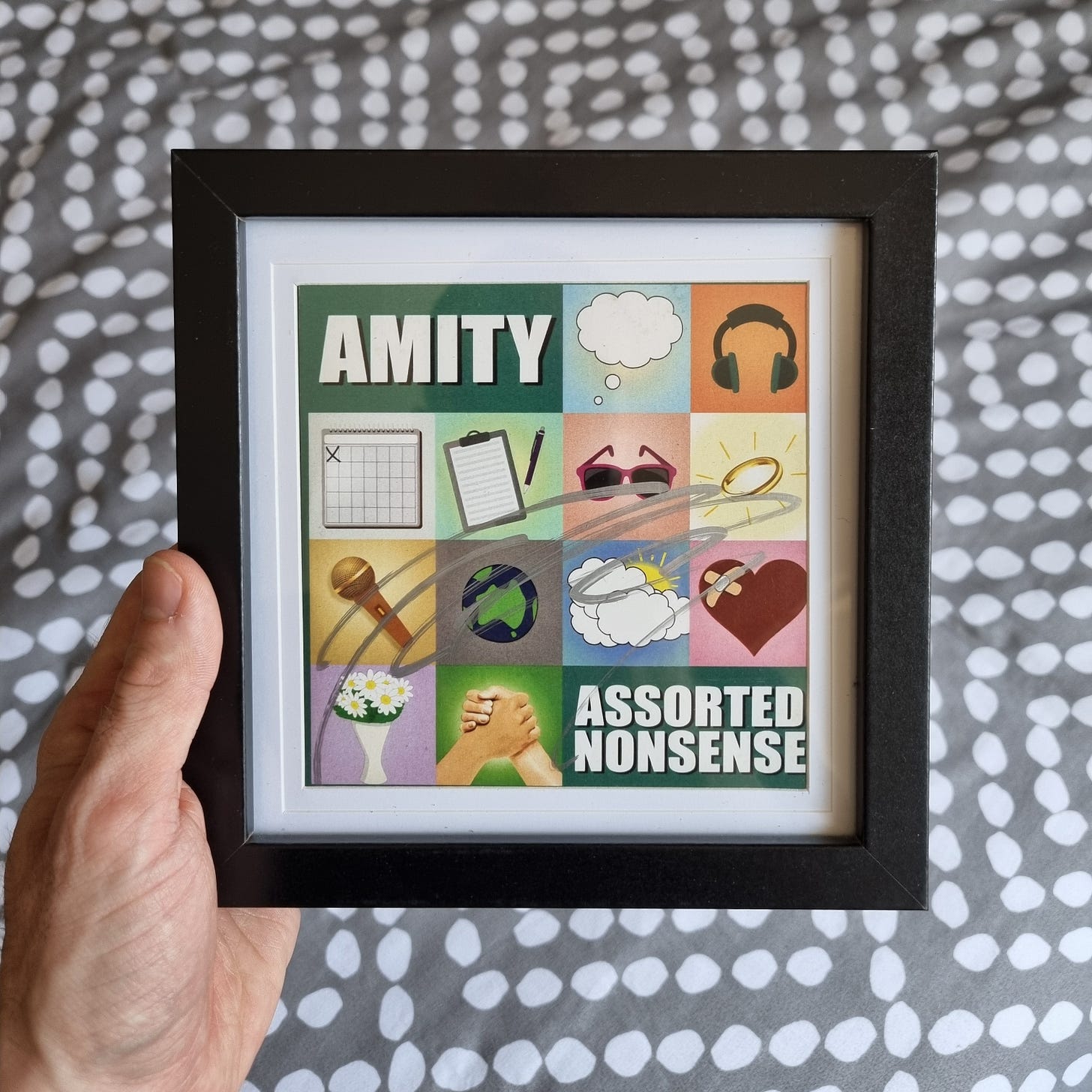
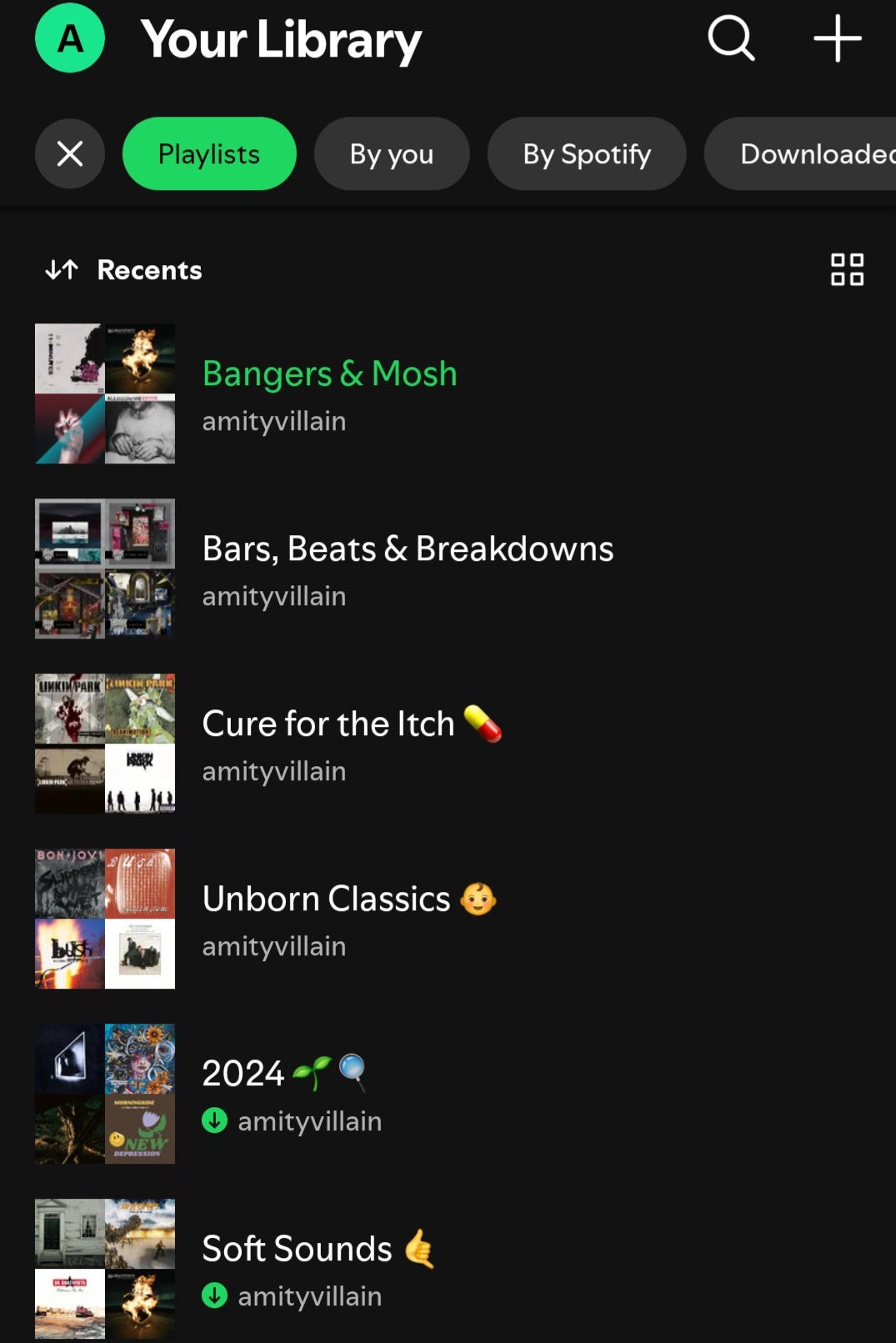

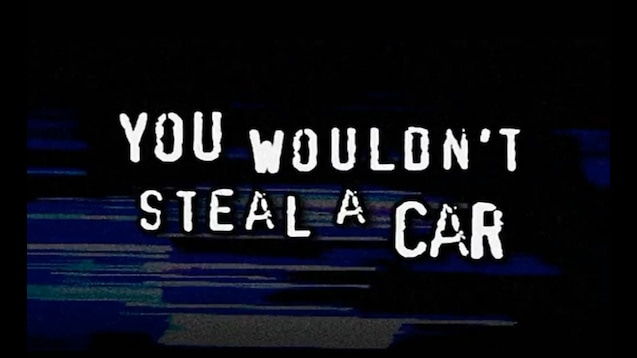
Well said! That Late Night with the Devil collector's edition looks pretty sick.